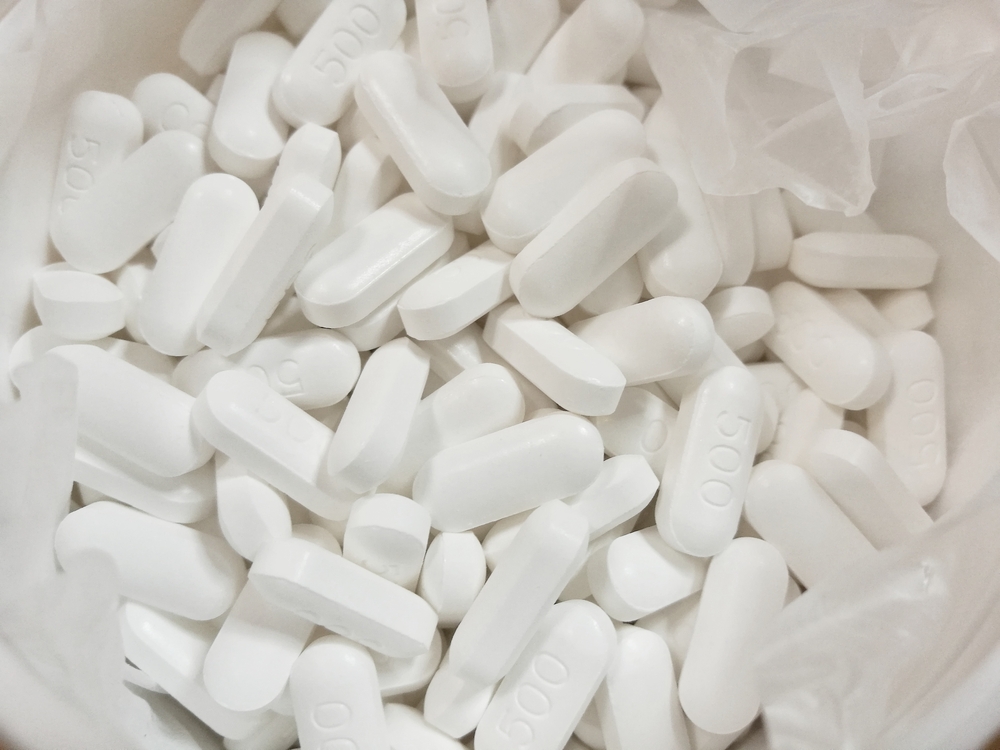Experts Review Current and Potential Treatments for Duchenne Muscular Dystrophy

Experts provided an overview of the many approaches to counteract the loss of muscle mass, inflammation, fibrosis, calcium overload, oxidative stress, and ischemia (inadequate blood supply) in Duchenne muscular dystrophy (DMD), without actually targeting the cause, a mutation in the dystrophin gene.
The review, “Pharmacological therapeutics targeting the secondary defects and downstream pathology of Duchenne muscular dystrophy,” was published in the journal Expert Opinion on Orphan Drugs.
The review notes that the corticosteroids prednisone and prednisolone, often used to treat DMD, have unwanted side effects, while deflazacort, approved this year by the U.S. Food and Drug Administration (FDA) for DMD patients older than 5, has shown to cause less weight gain than the other drugs.
NF-kB, a naturally occurring protein thought to aggravate DMD symptoms, is the target of several drugs now under study. NEMO binding domain (NBD), a substance that has been shown to decrease necrosis and increase regeneration in hind limb and diaphragm muscles in a mouse model of muscular dystrophy, is being tested for toxicity in non-human primates.
Phase 1 trials in healthy adults reported that Catabasis’ CAT-1004, another NF-kB inhibitor, proved to be safe and well-tolerated.
Myostatin, a hormone that slows muscle growth, is the target of two therapies currently being studied to promote muscle mass. A Phase 2 clinical study of more than 100 boys with DMD who receive monthly intravenous infused doses of domagrozumab (PF-06252616), an anti-myostatin monoclonal antibody from Pfizer, is currently ongoing in the United States, Canada, Europe, and Japan. Also, recruitment is ongoing for a Phase 2/3 trial of BMS-986089, developed by Bristol-Myers Squibb, in ambulatory DMD boys ages 6–11.
“A consideration for clinical trials aimed at promoting muscle mass remains that increased muscle mass may not necessarily translate to improved muscle strength. … In addition, later stage DMD patients may not have sufficient muscle tissue remaining to elicit meaningful outcomes with some of these therapies. Despite variable efficacy in earlier attempts to inhibit myostatin, some of the more recent therapeutics aimed at increasing muscle mass show promise,” the authors noted.
Oral tamoxifen, a drug used to treat and prevent breast cancer, was found to diminish cardiac and diaphragm fibrosis, and to improve muscle structure and force in an MD mouse model. It has been shown to be safe in children and to decrease fibrosis in other diseases, making it of interest for treating DMD boys.
High levels of calcium inside cells are thought to contribute to DMD, and numerous drugs are being developed to regulate calcium levels. Also, more strategies are being investigated to counteract oxidative stress — injury caused by oxygen metabolism— and inhibit phosphodiesterases, which is intended to restore the nitric oxide (NO) levels required for skeletal muscle contraction.
“The number of drugs under investigation is extensive, but while many of these therapies elicit meaningful benefits in the mdx mouse and GRMD dog models, this is not always recapitulated in human disease. Although the development of genetic-based therapies targeting DMD gene mutations is also a promising more direct approach, it has faced many hurdles in obtaining FDA approval and is not currently tailored to all patients. Therefore, pharmacological approaches that are applicable to all patients and may more quickly and easily enter the clinical setting are still an important area of DMD research,” the authors concluded.






